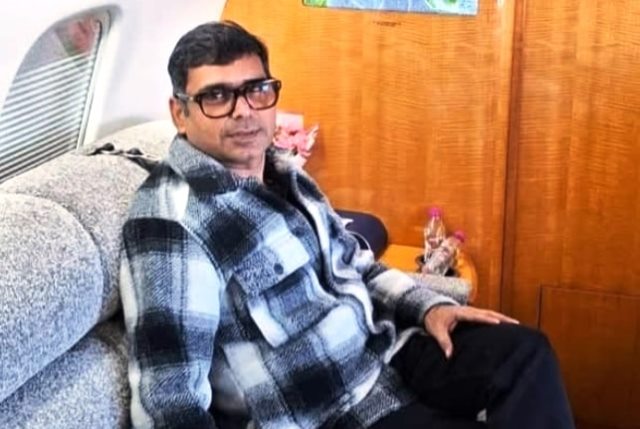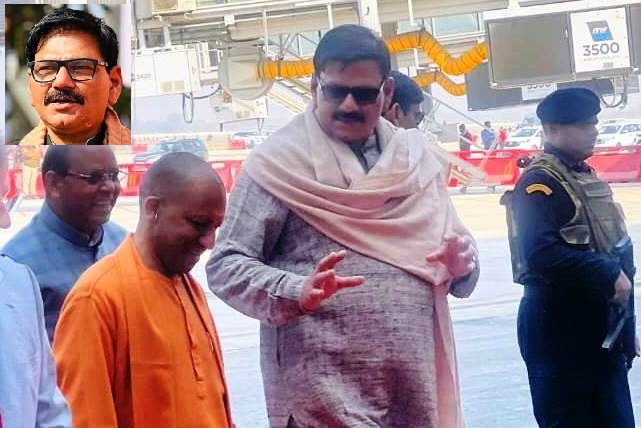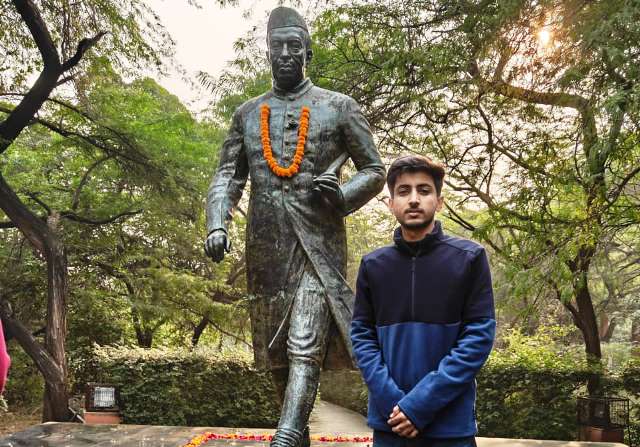
‘Govts Keep Changing But Every Monsoon Brings Same Misery To Delhi’
Umair Shaikh, a graduate preparing for MBA, says ever since he moved to Delhi, he has been facing issues related to water logging and traffic snarls. His views:
Recently the Chief Justice of India commented on Delhi road connectivity by saying that merely two hours of rains can paralyse the National Capital. I cannot agree more with his views. After completing my graduation in Lucknow, I shifted to Delhi last year in March and joined a coaching in Laxmi Nagar. As some of my friends were living in the East Delhi’s Patparganj locality, I also shifted with them; my coaching institute was about 5 kms from there. There were also many commuting options including the Metro.
However, when I witnessed the first monsoon in Delhi July last year, I was horror-struck. There was waterlogging everywhere in my locality, leaving little space for road users; traffic came to a standstill at several exit points and people at some places were forced to walk knee-deep in water. My question: It is great to have Metro connectivity but if you are not able to reach the station, what good will it possibly be for a commuter?
Soon after the monsoon last year, all of us shifted to the Maharani Bagh locality in South Dehil, a posh area by all standards. But one downpour and the same story was repeated. Clearly, no area, be it a posh locality or any of the suburbs of the national capital, the monsoon misery remains the same.
Surprisingly, there was AAP government in Delhi last year and BJP took over the seat of power this year with many promises including a better Delhi, but governments may come and go, the situation for the citizen remains unchanged. Rain indeed brings relief from the scorching Delhi heat but it brings your life to a grinding halt too. I sometime feels are the city civic officials blind to the citizens problems, year after another year.
ALSO READ: ‘Why Gurgaon Is Flooded In Every Rain, But Never Noida!’
The residents have to deal with the problems of waterlogging every rainy season as the city struggles with a poor drainage system and inadequate waste management. In addition, the increasing infrastructure development and urbanization has led to a majority of the land being covered in concrete further shrinking grounds to absorb rainwater leading to a larger amount of water runoff that needs to be drained away.
The urban nature of Delhi puts immense strain on public services and infrastructure, such as water supply, sanitation, waste management, etc. and the city faces challenges with seasonal encounters and floods during the monsoon season.
What I, as a newly absorbed person in the jungle, can suggest is that a city plagued by recurring waterlogging must urgently upgrade its drainage master plan, preserve and revitalize water bodies and wetlands, integrate green and climate-responsive infrastructure and lastly, fundamental inclusive planning and affordable housing or a sustainable city.
Though these still appear to be a far-fetched dream in the near future, but we need to stand together and stand tall against these nature related havocs which ruin our lives on yearly basis. We need to take the first step one day or the other to secure a better future – at least for our generations and people to come.
As told to Rajat Rai



